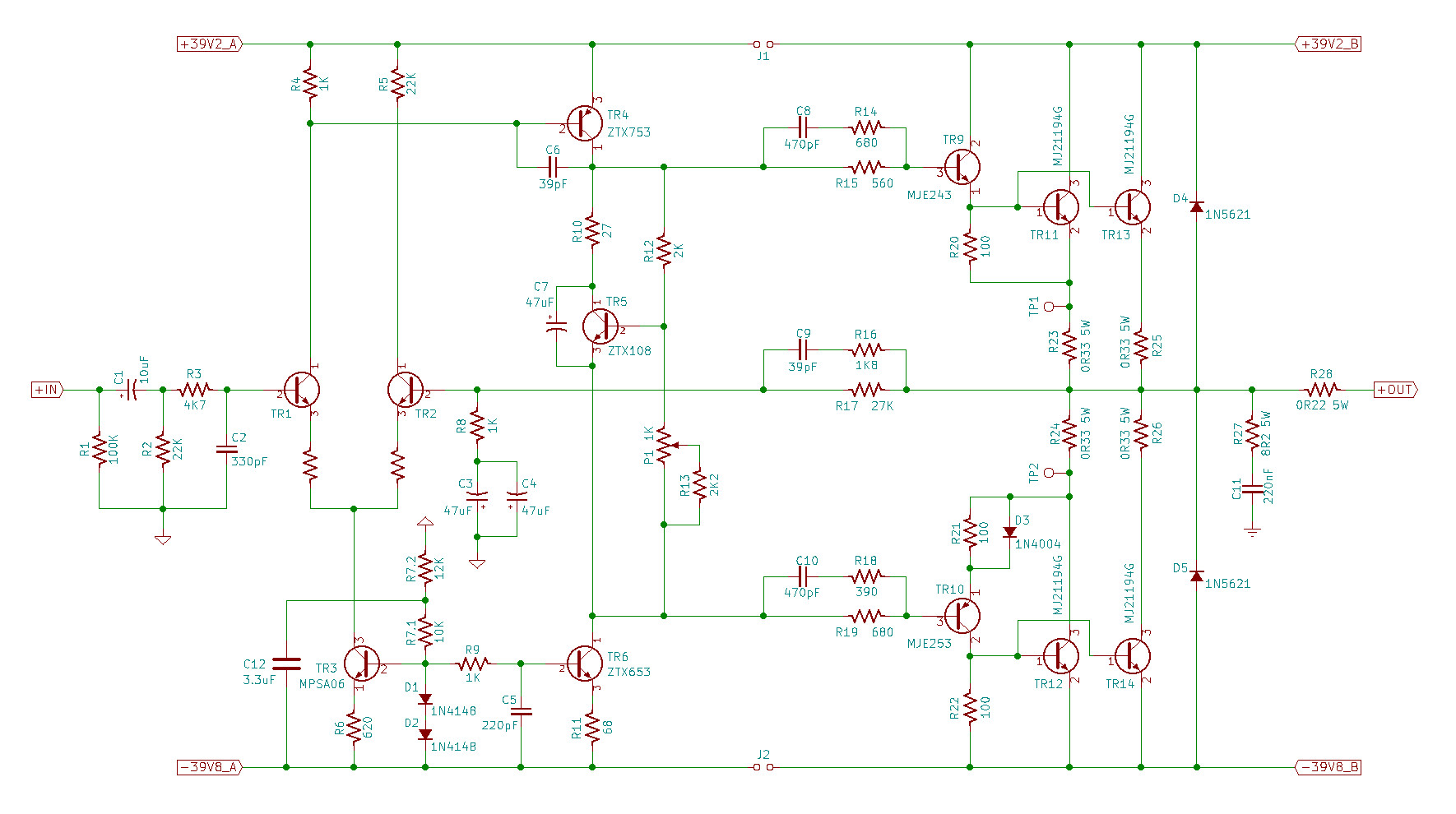Given the repeated interest in this, I've tried to gather up the info "to date"
The key threads are:
Pete Maddex on his HackerNap in Jun 2018:
https://pinkfishmedia.net/forum/threads/hackernap-parallel-output-transistors.216188/
And Andrew Sutton, on his Qudos (NCC220) in Mar 2019:
https://pinkfishmedia.net/forum/threads/qudos-parallel-output-transistors.226250/
Others who have "gone parallel" are:
TimH https://pinkfishmedia.net/forum/thr...output-transistors.216188/page-2#post-3590570
TOR https://pinkfishmedia.net/forum/thr...output-transistors.216188/page-3#post-3614729
BugBear
The key threads are:
Pete Maddex on his HackerNap in Jun 2018:
https://pinkfishmedia.net/forum/threads/hackernap-parallel-output-transistors.216188/
And Andrew Sutton, on his Qudos (NCC220) in Mar 2019:
https://pinkfishmedia.net/forum/threads/qudos-parallel-output-transistors.226250/
Others who have "gone parallel" are:
TimH https://pinkfishmedia.net/forum/thr...output-transistors.216188/page-2#post-3590570
TOR https://pinkfishmedia.net/forum/thr...output-transistors.216188/page-3#post-3614729
BugBear


